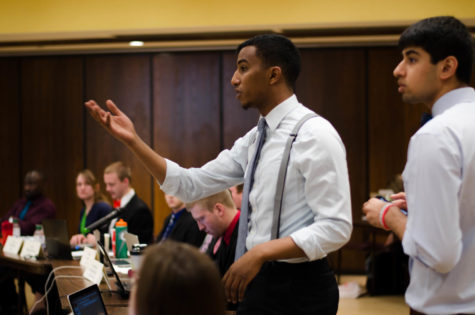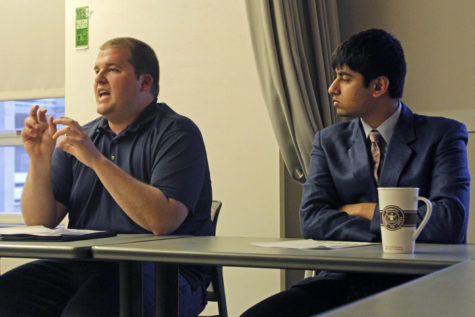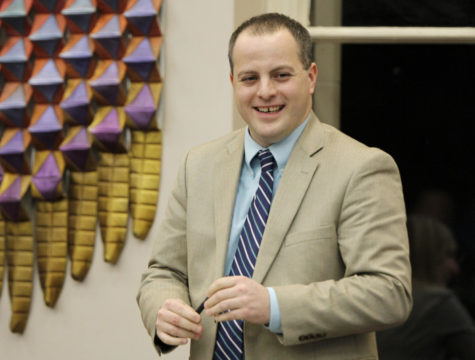ISU students pay mandatory fees to access services
June 15, 2012
For most students, summer class isn’t in the books. Staying in Ames for the summer, however, is. All the positives of a college town without the classwork, until they try and use one of the recreation buildings on campus and get stopped at the door because their student ID won’t grant them access. That’s when the guy working the front desk politely explains that using the recreational facilities costs $81 for students not enrolled in summer classes.
The issue of accessibility can be explained through understanding mandatory student fees — the money students pay each semester to use the services Iowa State offers exclusively to enrolled students. Broken down into four sections, this fee is dispersed between student activities, student services, buildings and recreation. Where the money goes is obvious, but what exactly are students getting in return?
Jared Knight, president of the Government of the Student Body, explained the allocation process of the Student Activities fee: GSB annually distributes approximately $2 million to student organizations. Every year 150 to 200 organizations apply for GSB funding, which is discussed by the GSB Senate and adjusted as needed to best utilize their funding budget. Many of the organizations available to students are, in part, self-funded. What isn’t dispersed throughout student organizations is used for projects around campus that provide special services to students such as Cyclone Cinema and CyRide. Excess money is saved in a GSB fund to ensure financial stability of the organization and to meet unforeseen student needs.
GSB is also involved with the buildings fee, which is responsible for the maintenance of the Memorial Union. Realizing the many benefits of the Union, GSB initiated the fee in 2003 to aid the debt accumulated from construction and preservation of the Memorial Union. Furthermore, they determined that $3 of the buildings fee is to be used exclusively on the Multicultural Center, an area that provides a place of inclusivity and resources to students.
Richard Reynolds, director of the Memorial Union, oversees building changes and plays an active role in meeting the ISU community’s need for the Union. Being a part of campus for over 80 years, the building has undergone 11 additions and numerous alterations.
John Lauridsen, Memorial Union business manager, considers the money generated from student fees a crucial part in affording these necessary alterations. Through fees, students have helped finance the addition of the Sun Room, remodeling of the University Book Store and repairing the parking ramp. “The ramp was built in 1967 and hadn’t had a major renovation until then,” said Lauridsen, “The fees help us perform these much needed projects.”
The recreation fee is what restricts non-enrolled students from entering the recreational facilities for free. Michael Giles, director of Recreation Services, said the $81 payment is “Not broken down into one category but covers many things; for example, construction, access to state of the art facilities and the services inside Lied, State Gym and Beyer — services such as group fitness, intramurals and the climbing wall.” The only exceptions to the all-inclusive services are outdoor recreation trips, workshops and personal trainers, which still come at a reduced rate to students.
Students enrolled in classes are automatically assessed the entirety of the activity and service fee, granting them access to the university’s services. Knight said the separation of fees from tuition is what allows the non-enrolled students to gain access at all.
“Fees allow you to know exactly where they’re going,” he said. It gives non-enrolled students the option to only pay for the services they want rather than the fee as a whole.
Whether students enroll in the summer, fall or spring, they have access to the same services year round. In the summer, the university adjusts its events to compensate the reduced number of students. Likewise, the fees are adjusted to just half of what is paid during the fall and spring semesters. Specific fee amounts as well as an events calendar extending into the summer can be found on the ISU website.
With the increase in enrollment at Iowa State, Knight foresees no fee increase in the near future. “The increase in enrollment should generate enough revenue that the current fees scheduled shouldn’t need any increases,” he said. The excess money can be used to improve current activity and service conditions rather than simply maintaining them.









